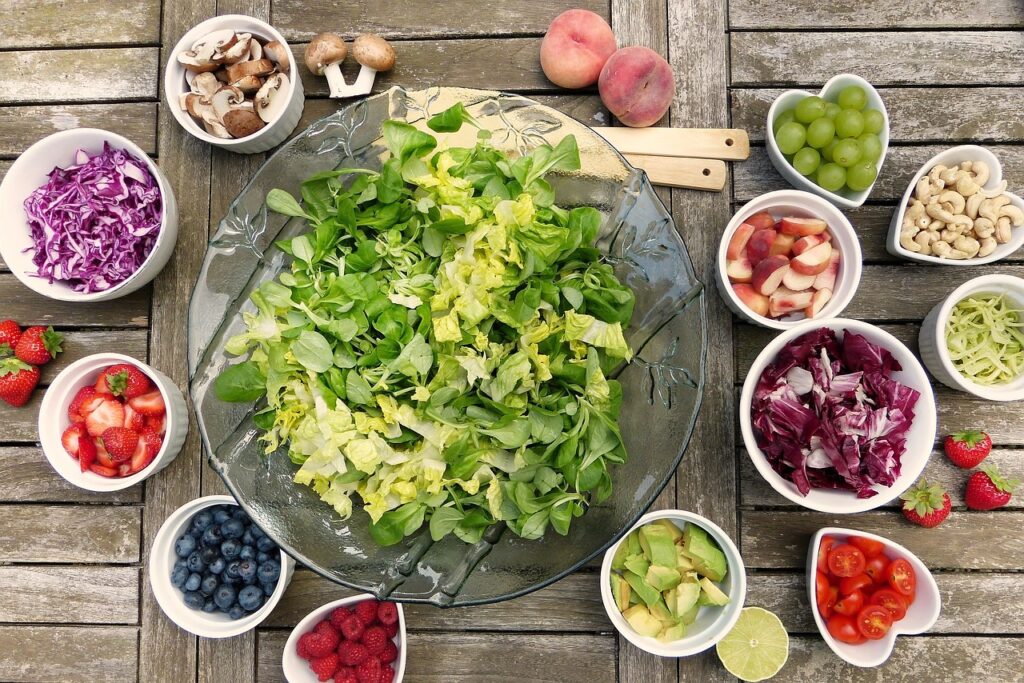Food waste is a major environmental, economic, and social issue that affects us all. According to the United Nations, one-third of food production worldwide for human consumption is wasted annually. There is a growing movement towards food gleaning, which involves collecting surplus or unwanted food from farms, gardens, and other sources to distribute among those in need. In this way, food gleaning reduces food waste and contributes to a more sustainable future for all. So, it is important to understand how food gleaning can play a role in addressing food waste and promoting sustainability. John Gessin explores the concept of food gleaning and how it contributes to a more sustainable future for our planet.

The Problem of Food Waste
This staggering amount of waste based on food losses signifies a colossal loss of valuable resources such as water, land, and energy, contributing significantly to greenhouse gas emissions. Most of this waste occurs at the consumer level in developed countries and during post-harvest and processing stages in developing countries. The ramifications of such waste are multifaceted, affecting economic, social, and environmental spheres.
Food gleaning is a viable and impactful solution to combat food waste. It involves collecting surplus foods from farms, grocery stores, restaurants, and other food system sectors that would otherwise go to waste. This practice dates back to ancient times but is now being revitalized to address modern challenges. Though gleaning, tonnes of food are rescued and redirected to food banks, shelters, and community organizations, providing much-needed nourishment to those in need while mitigating food waste’s environmental impacts.
What is Food Gleaning?
Food gleaning is collecting excess or leftover food from fields, orchards, gardens, markets, and other sources for redistribution to those in need. Volunteers or organized groups carry out this practice to harvest produce that would otherwise go unharvested for various reasons, such as aesthetic imperfections, overproduction, and market surpluses. Gl and food can include fruits, vegetables, grains, and other non-perishable items. The origins of gleaning can be traced back to biblical times when it was a part of the Jewish and Christian traditions.
Today, food gleaning has evolved into a well-organized and structured approach to diminishing food waste and tackling food insecurity. This strategy entails collaborative efforts among farmers, retailers, non-profit organizations, and dedicated volunteers. Together, they work to effectively gather, categorize, and distribute gleaned food items to individuals in need, ensuring a more sustainable and supportive approach to addressing hunger and resource management challenges.
The Benefits of Food Gleaning
Reducing Food Waste
Gleaning significantly reduces food waste by collecting and redirecting surplus food to needy people. It diverts perfectly edible produce from being sent to landfills, where it would contribute to methane emissions and other environmental impacts.
Addressing Hunger and Food Insecurity
Food gleaning is crucial in tackling hunger and food insecurity by redistributing gleaned foods to those in need. In developing countries, where post-harvest losses are high, gleaning can provide a vital source of nutrition for vulnerable populations.
Promoting Sustainable Resource Management
Food gleaning also promotes sustainable resource management that would otherwise go to waste. Redirecting surplus produce for those in need reduces the demand for new food production and helps conserve water, land, and energy resources.
Building Stronger Communities
Gleaning also fosters community and connection by bringing together volunteers from all walks of life to achieve a common goal. As individuals come together to gather and distribute gleaned food, they build relationships, share stories, and create a stronger sense of community.
The Future of Food Gleaning
As the world faces an increasing population and the challenges of climate change, food gleaning is becoming more crucial than ever in building a sustainable future. With its potential to reduce food waste, address hunger, and promote resource management, this practice has a role in creating an equitable and resilient global food system.
Initiatives such as Food Forward and Society of St. Andrew have made significant strides in food-gleaning efforts, rescuing millions of pounds of produce and redirecting it to those in need. As the impact of food waste continues to be felt worldwide, more individuals, organizations, and governments must recognize the potential of food gleaning as a sustainable solution for addressing both hunger and environmental issues.
Final Thoughts
Food gleaning is more than just a solution for reducing food waste and addressing hunger; it is a compassionate and collaborative approach to creating stronger communities and promoting sustainable resource management. As we continue to face challenges in our global food system, supporting initiatives like food gleaning that prioritize social and environmental well-being is essential. By making small changes in our daily lives, such as supporting local food-gleaning organizations or practicing mindful consumption, we can all contribute to building a more equitable and sustainable future for future generations. S let us all do our part to embrace this ancient practice and reimagine it as a powerful tool for creating positive change in our world today.